Do you want to prepare delicious orange juice at home? Are you confused among the multiple varieties of oranges in the market? Do you want to know which oranges are the best for juicing? This article has the answers to all your questions regarding the best oranges for juicing.
Nothing can beat the joy of eating fresh oranges under the winter sun. Wait, maybe a glass full of freshly squeezed orange juice for breakfast! Did you know that there are over 400 varieties of oranges? Yea, even I was amazed to know that.
Another notable factor that I was unaware of is that oranges are of two types—eating and juicing. Until now, you must have thought that you can juice whichever orange that you get your hands on. That’s not really true. Every orange does not make up for good juice.
So, how would you know about which orange to buy for juicing? There are multiple factors that define the best orange for extracting juice. Let’s go ahead and read about them in detail.
Features to Look for While Buying Oranges for Juicing
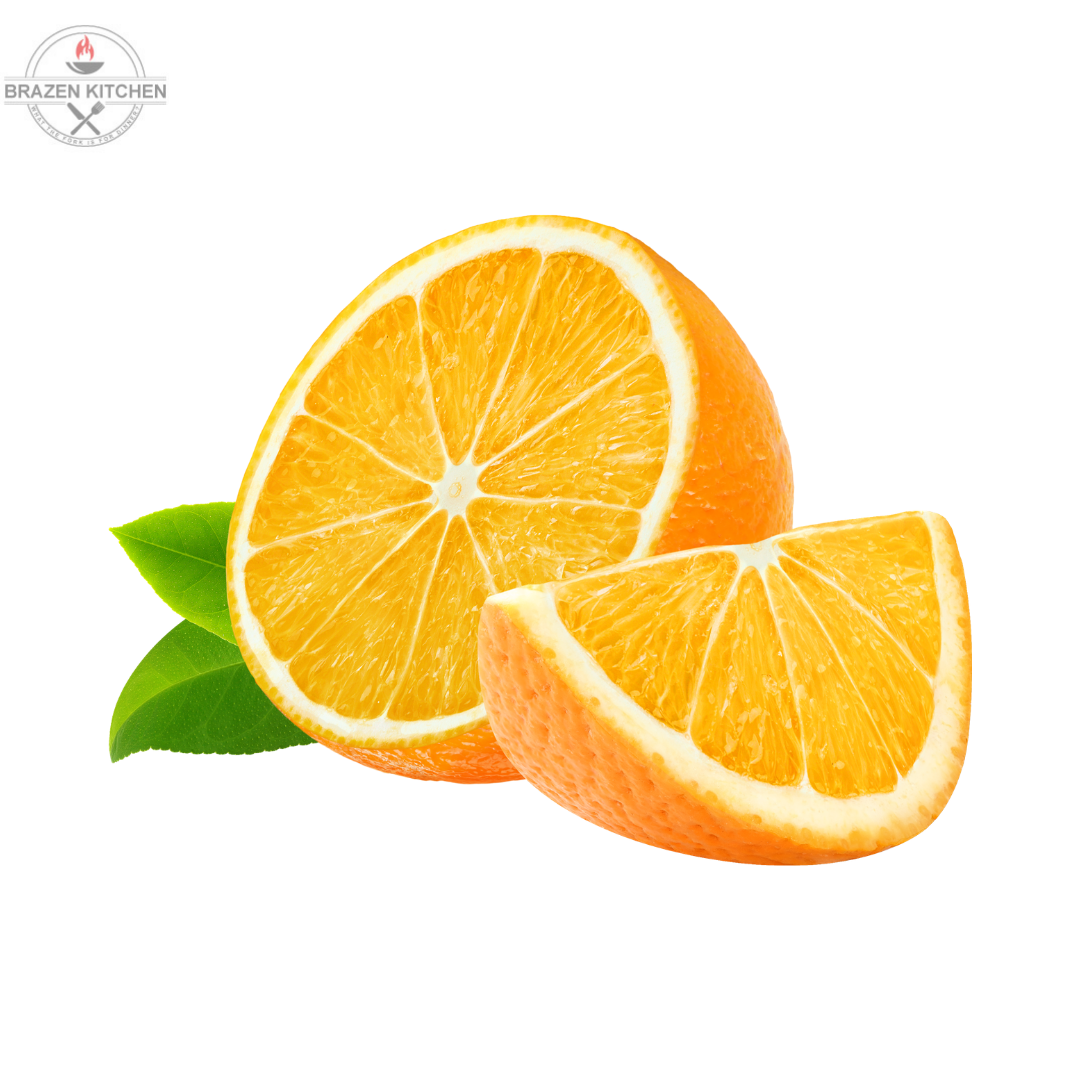
Limonin
Limonin is a natural compound found in most of the citrus fruits. It is a strong antioxidant, proving to be highly beneficial in killing cancer cells. Despite its multiple advantages, it is not very good for juicing as it is very bitter.
Most of the oranges have Limonin in their cells. When juiced, this compound is broken down and exposed to air, making the juice bitterer with time. However, some oranges have Limonin in their seeds. Such oranges are great for juicing as you will remove the seeds before juicing.
Acid Level
Orange contain high amounts of Vitamin C, having citric acid. So, all oranges are acidic. However, some types may have lower acid levels than others. You may have heard acid is not healthy for the body. That’s true, but oranges alkalize after entering the body.
How’s that possible? When citrus fruits like oranges enter your body, they are broken down and metabolized. The metabolization increases the alkalinity in the body. Due to their citric nature, orange is considered as one of the best antioxidants. Thus, having multiple health benefits.
Size
Oranges come in multiple different sizes. They can be large, medium-sized, small, or too small. When buying, especially for juicing, it is necessary to check their size.
Though sweet and flavorful, small oranges are not good for juicing. They will not only take a lot of time to peel, but more small oranges will be required to prepare one glass of juice.
This doesn’t mean that you need large size oranges. Medium-size oranges can do the job just fine.
Seeds
When it comes to oranges, the more the seeds, the harder it is to juice! Be it squeezing by hand or using a blender, you will have to de-seed the oranges to avoid the bitter taste.
Every orange comes with seeds (obviously). However, some have very few seeds, making your job easier. Learn well about the orange species before buying!
Sweetness
Carton juices are sweet, yes, but they may have toxic ingredients. Choosing to go organic by juicing oranges at home does not mean you will have to compromise on the flavor. Multiple orange species are sweet and flavorful.
You do not want to add sugar and increase the number of calories, do you? Make sure that the oranges you choose are not from the sour or bitter categories. After all, you cannot let your hard work go in vain!
Juice Content
The pulpier the orange, the juicier it is. When you are buying oranges TO JUICE, try to weigh them in your hands. The heavy ones have more pulp and make a good amount of juice. However, if your oranges come out to be dry, you can use them to prepare marmalade.
Another factor to consider is the pith of an orange. It is the white skin between the peel and the fruit. Although the pith has vitamin C and fiber, it can make your orange juice sour. Moreover, a thicker pith would mean lesser pulp. Look for a specie that you know has a thinner pith.
Price
Oranges usually do not fall under the category of luxurious foods. They are fairly cheap and easily available. However, that is only for the most common species of orange—Navel.
Different types of orange have different growing seasons. Most of the oranges are not available round-the-year, making them more expensive.
Some are good for juicing and easily available, while others are sweeter, but on the expensive side. If you want to fill several jugs with orange juice for storing, you must carefully weigh out your options.
Now, you are clear about things to look for in oranges for juicing. Let us go ahead to learn about the best oranges for juicing.
Best Oranges for Juicing (1250)
Cara Cara Navel Orange
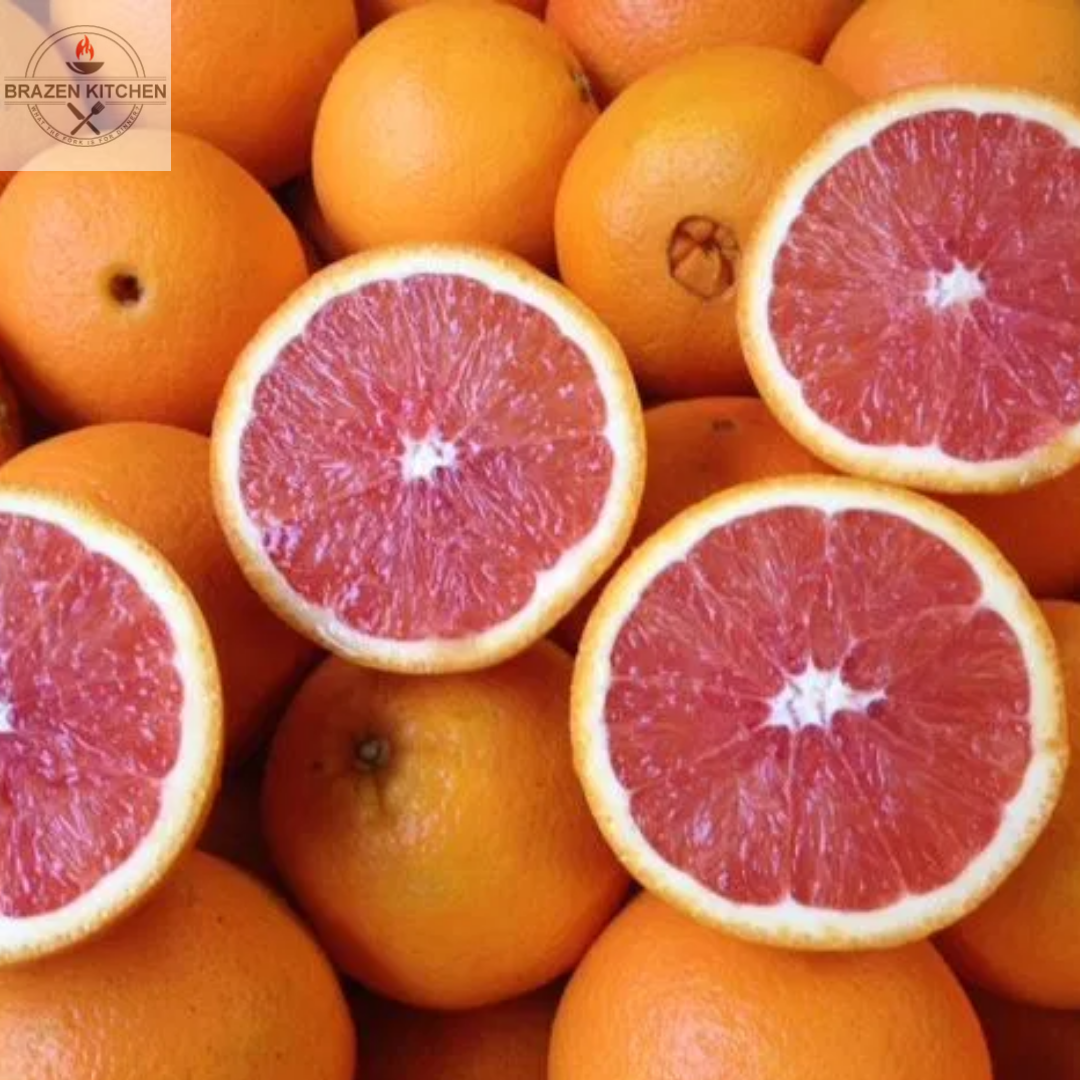
Also known as the red-fleshed navel orange, Cara Cara oranges make for one of the best oranges for juicing. You will love its color as this orange is a combination of red and pink, making it preferable for juices. These oranges are a hybrid of the naval and blood oranges, which is why they are reddish.
Cara Cara oranges have higher levels of Vitamin C and Vitamin A than the regular Navel oranges. This fruit is medium-sized, with one orange producing a considerable quantity of juice. Moreover, this hybrid orange has very little to no pith and is easy to peel.
The Cara Cara would be a great choice for you due to its sweet taste. The acidic level in these oranges is low, which enhances its sweetness even more. These pinkish-red navel oranges are seedless, making them the perfect option for eating as well as juicing.
What’s more? You will get a flavorful juice from these oranges. The Cara Cara’s flavor ranges from a hint of cherry to blackberry and rose petal. This fruit does not come round-the-year. Still, you can easily find it in the markets from August to April, depending upon your country.
Pros
- Seedless
- Less pith, easy to peel
- Sweet and flavorful
- Great color
- High nutritional value
Cons
- Not easily available
Valencia
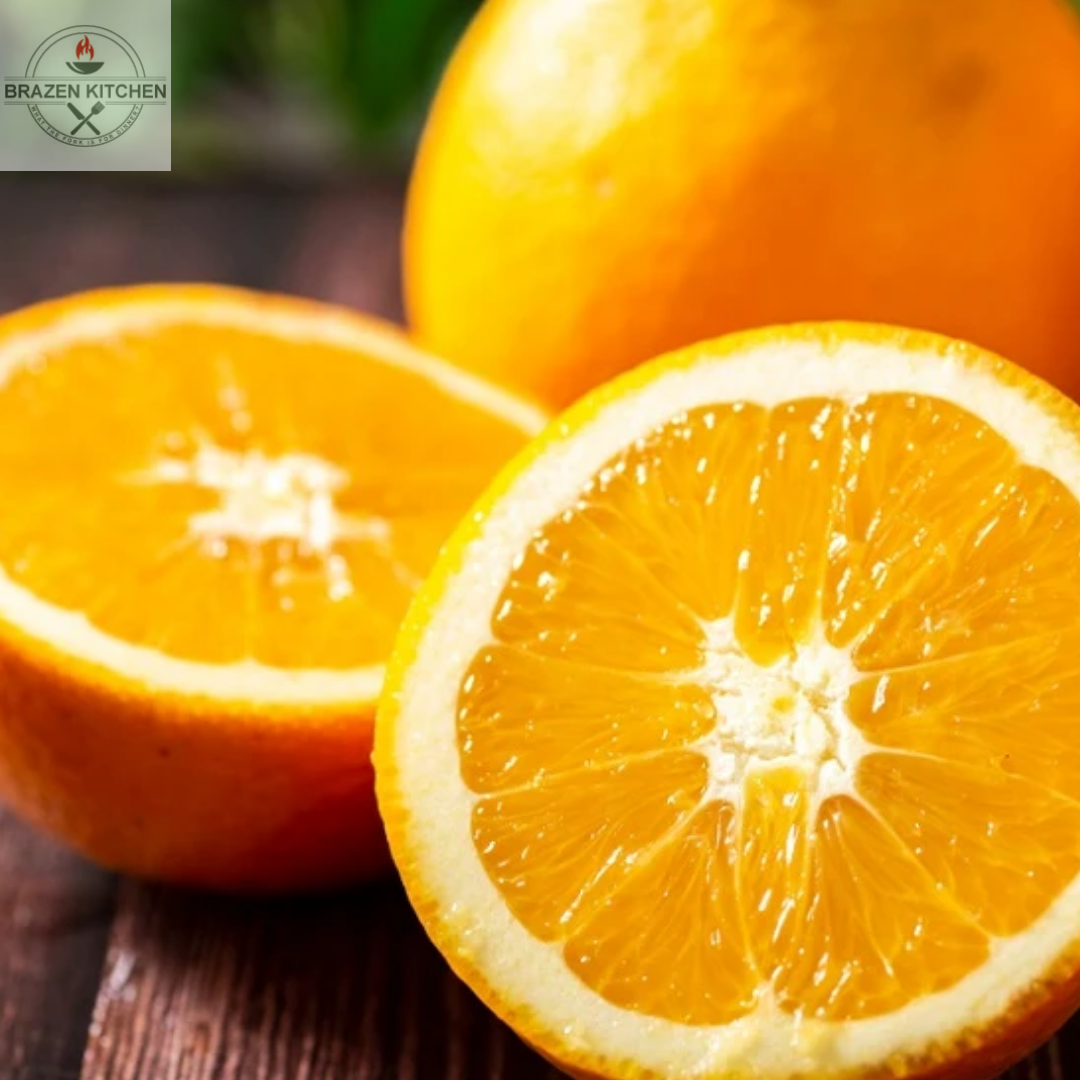
Widely known for its use in juices, Valencia is one of the most famous orange breeds. Are you wondering about its name? Spain was well-known for its sweet oranges, and this fruit got its name from Valencia, Spain.
Having known to be a hybrid of Pomelo and Mandarin, this orange has an excellent taste. You will find these fruits to be very sweet and juicy, ideal for a glass of juice. The orange is medium-sized and has approximately 0-9 seeds per piece.
You can choose the Valencia oranges for your family as they bear high quantities of Vitamin C and fiber. Vitamin C is a great oxidant, holding the properties of killing cancer cells and boosting immunity.
It is the most common species of orange, which is why you can get Valencia at very low prices. Moreover, it is available throughout the summer, serving to be the perfect cooler during the warm season. In some places like Florida, it is harvested twice a year.
Pros
- Easy availability
- Sweet
- Can be stored for long without getting bitter
- High juice content
Cons
- It has seeds (though less)
Tangelo
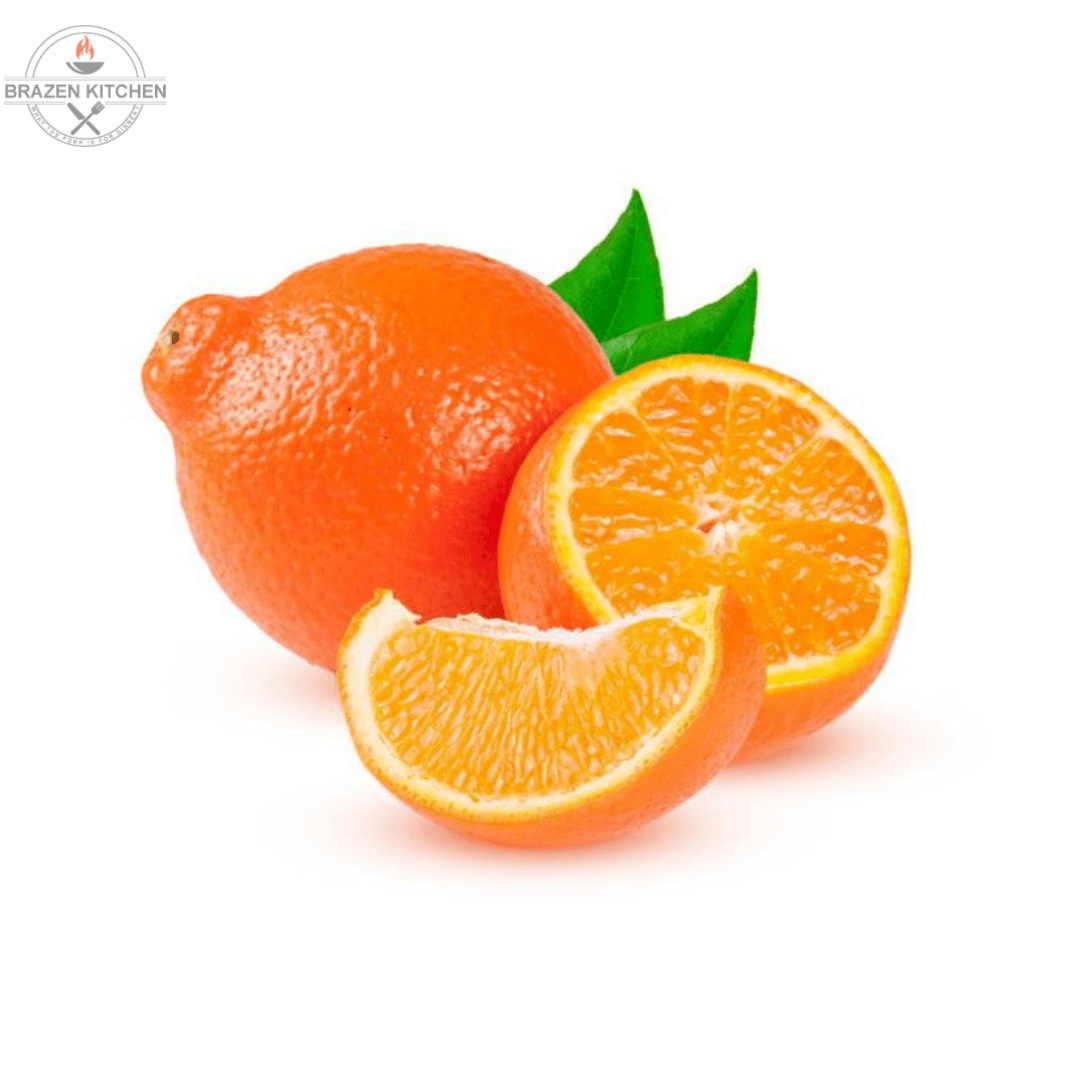
A hybrid of the Tangerine and the Pomelo, the Tangelo is one of the best oranges for juicing. You will find these oranges easy to peel due to their loose skin. Besides, they are as big as a human fist, fairly-medium in size.
If you want to go for a slightly different flavor than sweet, these oranges are a great choice. It is so because the Tangelo is tarty and tangy. You might as well make a popsicle out of them!
With its rich and juicy flesh, the Tangelo is an excellent choice for juicing. You can easily differentiate these oranges from others as Tangelos have a nipple-like shape at one end.
What’s more? The Tangelo is highly nutritious. It has Vitamin A, which helps to improve eyesight. Additionally, this orange has multiple nutrients like magnesium and calcium that are helpful for strong teeth and bones.
Pros
- Juicy flesh
- Medium-size
- Relatively easy to peel
- Distinguished flavor
- Nutritious
Cons
- Short seasonal availability
Blood Orange
The Blood orange is quite different from others due to its crimson-colored flesh. You will not only find it attractive to look at but also really sweet. The maroon color of the fruit is due to the presence of pigments.
You will love the raspberry-flavor that it will add to your juice. Along with its signature taste, some Blood oranges may be sweet while others a little on the tarty side. This versatile fruit is used in multiple food items such as salads, marmalade, soda, and much more.
Seeing its nutritional facts, you would certainly want to take the Blood Orange home. It has a high quantity of Vitamin B (found in folate), Vitamin C, and fiber that help boost immunity, blood circulation, skin health, etc. However, Blood oranges have a comparatively thick skin, making them a little hard to peel.
If you live in or around California, you can easily find it in the market for over six months—from November to May. Whereas, in other regions, the fruit usually lasts for 3-4 months only. The most common types of Blood orange are Moro, Tarocco, Sanguinello, and Maltese.
Pros
- Attractive color
- Flavorful
- Multiple uses
- Vitamin B (folate) & Vitamin C
Cons
- Thick skin
Navel
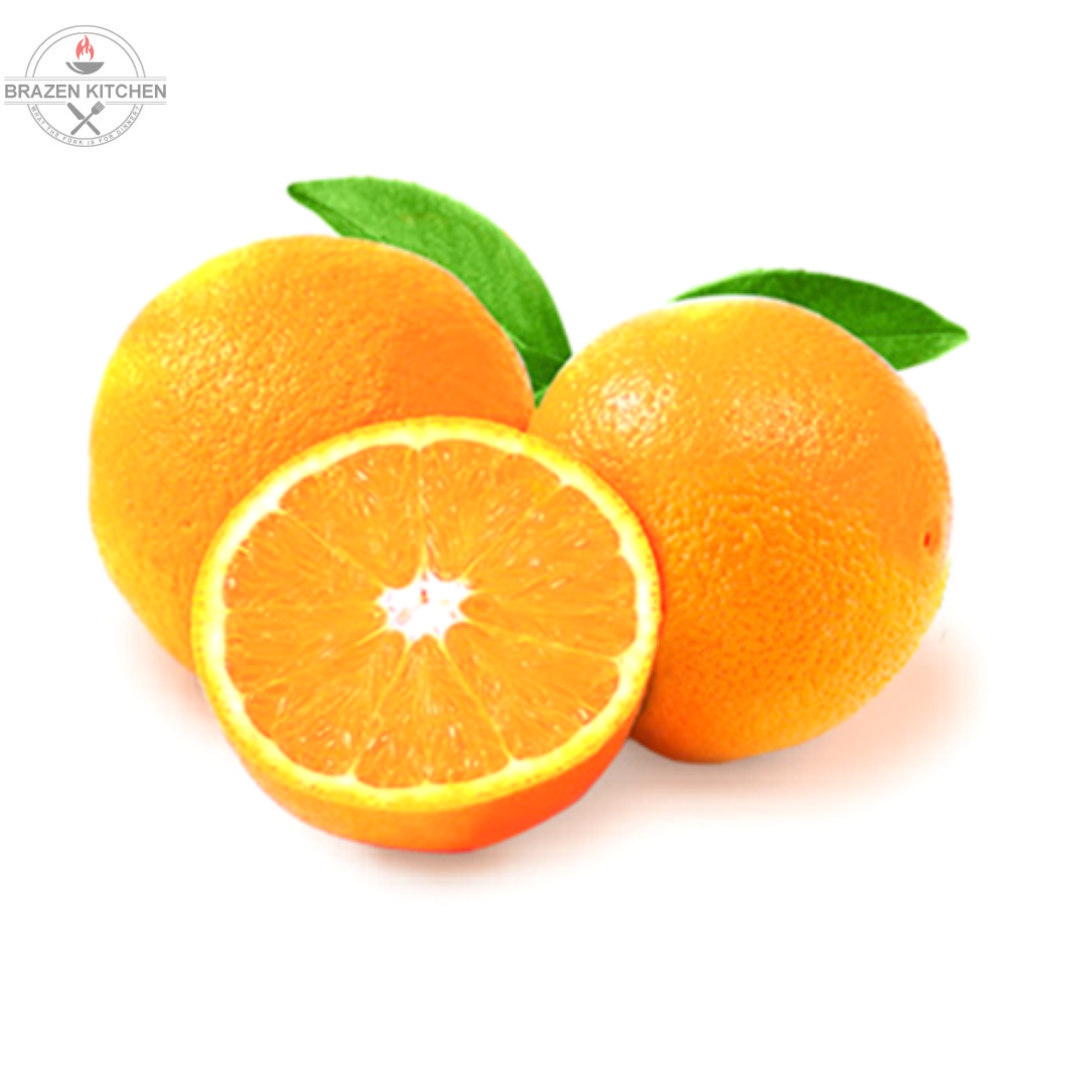
Protruding at the apex, these oranges resemble the human navel, hence called Navel Oranges. These are extremely popular, sometimes even more than the Valencia oranges. You can easily find these oranges round-the-year. The long season also makes the Navel orange cheaply priced.
The Navel orange has a higher concentration of Limonin, due to which it is a bitter-sweet orange, perfect for eating. However, this quality of the Navel is on the downside when it comes to juicing.
You can still prepare juice out of Navels by adding sugar to level its bitterness. Skip the sugar if you want to enjoy a cool, tangy juice on a summer afternoon. The orange is seedless, making it a great option for snacking as well as juicing. Moreover, its skin is easy to take-off.
You may find a multitude of Navel varieties in the market. Some of the common ones are Bahia, Cara Cara, Late, California, and Dream Navel.
Pros
- Seedless
- Easy to peel
- Very Affordable
Cons
- Less juicy
- A high concentration of Limonin, making it bitter
Alternatives for Best Oranges of Juicing
Apart from the aforementioned, there are a few other famous breeds of oranges that can be good juicing alternatives.
Mandarin: Considering their thin skin, you can easily peel Mandarins to prepare fresh juice. However, due to their small size, these oranges will consume a lot of your time. Nonetheless, Mandarins are sweeter and more flavorful than regular oranges.
Tangerine: You will find Tangerines to be quite similar to mandarins. They are small, sweeter than other oranges, but slightly more reddish. The peel is thin and relatively easy to remove. You can buy Tangerines from autumn to spring. The only downside is juicing them is time-consuming.
Clementine: Another small breed of orange, Clementine, is juicier and sweeter than the big oranges. You can easily peel of its thin skin and use the pulp for juicing. Clementine is of three types—seedless, have up to 10 seeds, or have more than ten seeds.
Let us go ahead and check out some ways to prepare fresh orange juice with the best oranges.
How to Juice Oranges?
Juicing oranges is a piece of cake. All you need to do is make sure that the oranges you have are a good fit for juicing. After all, nothing can replace a glass of freshly-squeezed orange juice!
Squeeze to Extract Juice
Oranges are soft fruits, which makes them easy to juice without a juicer or a blender. You can squeeze them manually into a glass. Read on to see how.
Step 1: Thoroughly wash 2-3 medium-size oranges for one glass of juice.
Step 2: Press the oranges with your palm to soften them.
Step 3: Cut them into two and squeeze gently, such that its seeds fall off. Or, you can use a fork to remove all the seeds.
Step 4: Once its seeds are out, tightly squeeze the oranges into a glass, one-by-one.
Viola! Your orange juice is ready. You may add sugar or honey if you like your juice extra sweet.
Use a Juicer or a Blender
If you have to make gallons of juice for storage or a big gathering, you certainly need a machine. You can go in for a juicer or blender, both of which can be manual or electric. However, these days manual ones are almost out of the market.
Step 1: Gather up the oranges according to the number of glasses required. (8-10 oranges for 4 glasses)
Step 2: Thoroughly wash all the oranges and cut them into two.
Step 3: Gently squeeze each orange to remove its seeds or use a fork for the same.
Step 4: Peel off all the oranges, along with the pith.
Step 5: Add the peeled oranges to the juicer or blender and prepare your orange juice.
Once your juice is extracted, you may add a sweetener if you like. To enhance the taste, you can also add herbs like mint leaves or lemon juice in the machine itself.
Although you will have to wash the machine later, this process is undoubtedly easier and faster than the former one.
Some Tips for Juicing Oranges
- If prepared from the Navel orange, consume the juice within an hour to prevent bitterness.
- Store the orange juice in the refrigerator or a cool place if you do not want to consume it anytime soon.
- When you plan to consume a stored juice, mix it well before drinking.
- While purchasing orange s for juicing, make sure the oranges are heavy enough. The heavier the orange, the pulpier it is!
- If your oranges have dried up, do not use them for juicing. They can be used to prepare marmalades or sauces.
- Orange is best in winters. If you wish to buy oranges during the off-season, make sure that they are firm, smell good, and have a fresh color.
Final Verdict
So, which type of orange bags the title of the ‘best orange for juicing’? Well, it is certainly the Cara Cara Navel Orange. You must be wondering why did I say that. Let me elaborate.
The Cara Cara comes in the perfect medium size for juicing. It has low levels of acid and Limonin, eliminating any bitterness. Most importantly, this hybrid orange is flavorful and sweeter than the regular oranges.
You can juice the Cara Cara quickly and in a hassle-free manner as it is seedless and easy to peel. Besides, this orange has very little pith and high juice content, making it perfect for large quantities of juice.
What’s more? The Cara Cara is highly nutritious and has a unique pinkish-red shade that will make your juice look even more drinkable. It is undoubtedly the best orange breed for juicing!
When you can prepare succulent orange juice at home, why go for a carton or freshly-squeezed juice from the market? Buy the best Cara Cara orange for juicing and enjoy the fresh juice in the comfort of your home!
https://brazenkitchen.com/which-oranges-are-the-best-for-juicing/


No comments:
Post a Comment